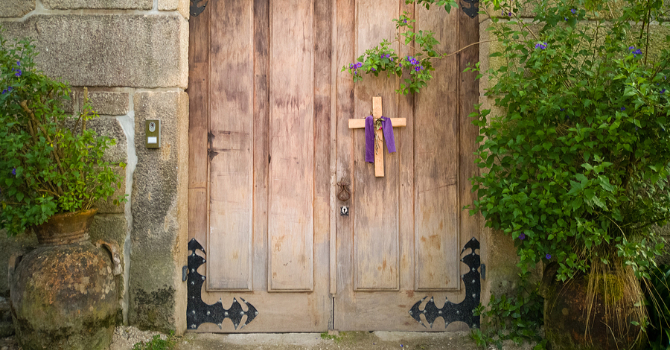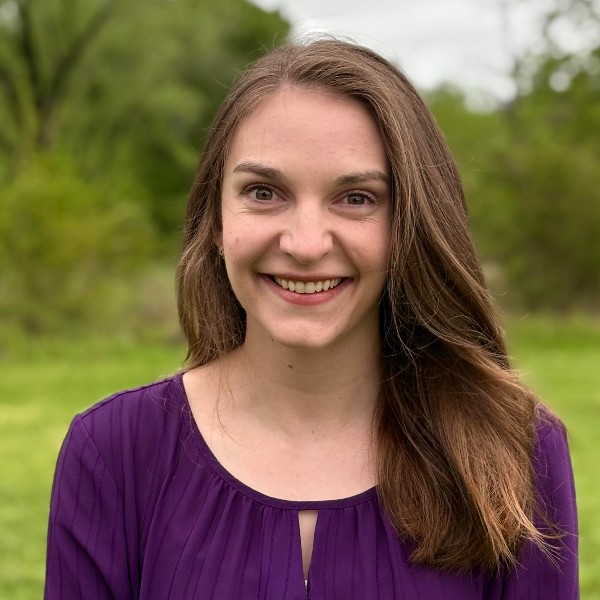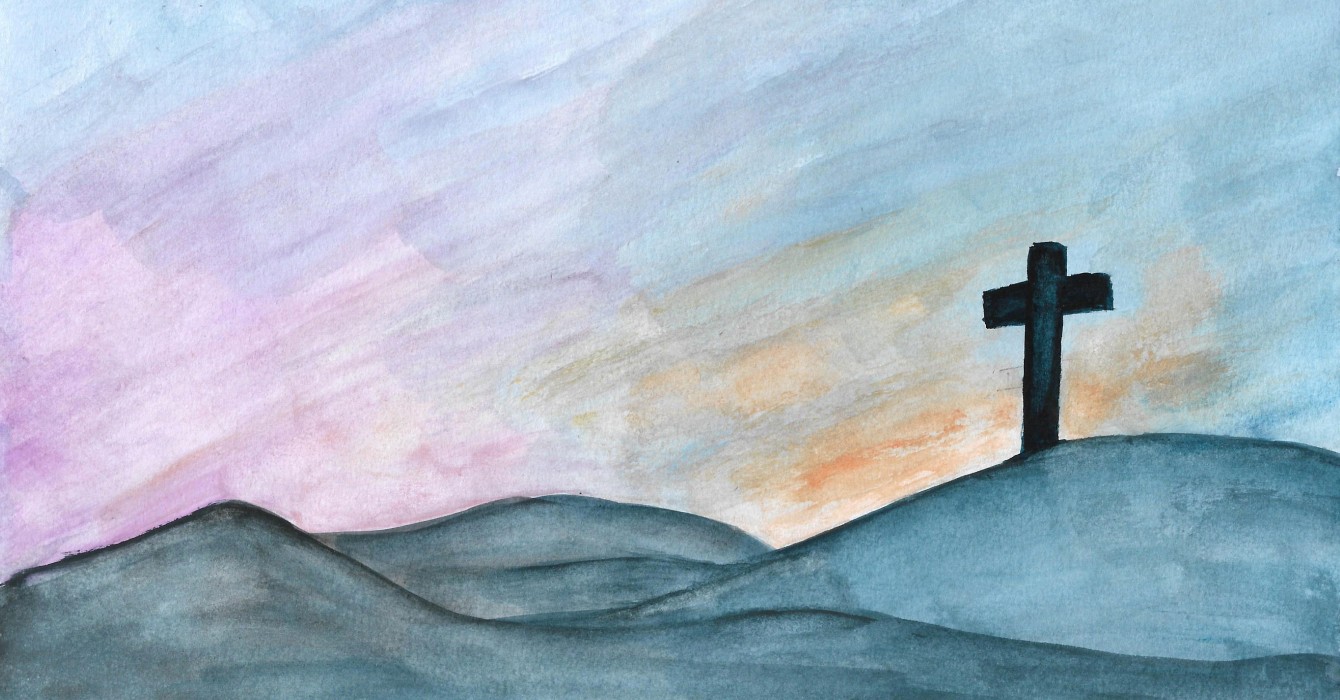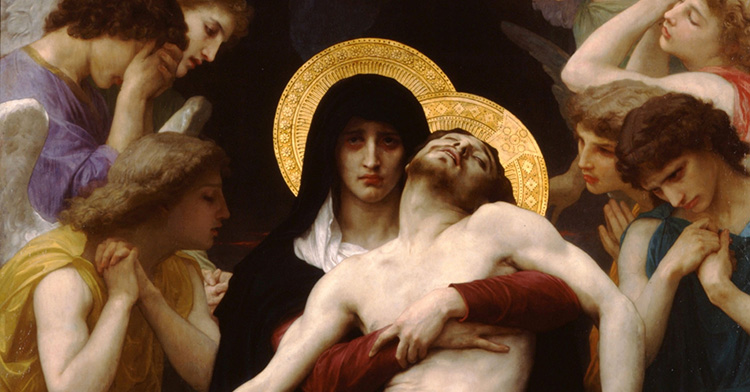I know Easter as a season of hope and renewal. But this Easter, what I most need is an affirmation of the resurrection of the body. After more than a year of global suffering and death, of functioning in virtual spaces, I yearn for a fully embodied Easter.
We are about to mark the first time in the COVID-19 era when we’ve “lapped” a Christian holiday, having completed one full circuit of the liturgical track.
Once again, I won’t physically be in church either for Holy Week or on Easter morning -- no sneezing at the lilies, no reveling in the trumpet descants, no hugging friends or admiring children’s shiny Easter shoes.
Like many, I have spent the past year physically isolating from family, friends and colleagues. And I am missing unmasked smiles and handshakes, celebrations, mourning rituals, shared meals.
All that our physical presence means to being community, to being the body of Christ, has been radically altered. Even one-on-one relationships have changed in subtle ways as we keep 6 feet apart and flap our arms to symbolize cheerful hugs.
This Easter, perhaps like never before, I need to name and reaffirm the embodied nature of our lives and of our resurrection faith. I need the kind of physical resurrection John Updike describes in his poem “Seven Stanzas at Easter.” He writes in the first stanza:
Make no mistake: if He rose at all
it was as His body;
if the cells’ dissolution did not reverse, the molecules
reknit, the amino acids rekindle,
the Church will fall.
This Easter -- as exhausted doctors, nurses, chaplains and paramedics might agree -- we need the assurance that cells and molecules will “reknit,” that amino acids will “rekindle.”
This is an Easter for families who have suffered the untimely loss of loved ones to know that the resurrection hope is a tangible, flesh-and-blood promise of the resurrection of the body.
This is an Easter for us -- like Thomas -- to put our fingers in the nail holes of Jesus’ palms, so that we can believe.
Updike explains:
It was not as the flowers,
each soft Spring recurrent;
it was not as His Spirit in the mouths and fuddled
eyes of the eleven apostles;
it was as His flesh: ours.
The same hinged thumbs and toes,
the same valved heart
that -- pierced -- died, withered, paused, and then
regathered out of enduring Might
new strength to enclose.
This is not an Easter to soft-peddle the gospel in our pulpits and everyday workings and words. Updike admonishes:
Let us not mock God with metaphor,
analogy, sidestepping, transcendence;
making of the event a parable, a sign painted in the
faded credulity of earlier ages:
let us walk through the door.
We need this Jesus of Luke 24 who, having suddenly, mysteriously appeared in the room where the disciples cower, thinking they’ve seen a spirit, says, “See my hands and my feet, that it is I myself; handle me, and see; for a spirit has not flesh and bones as you see that I have.” And then, “Have you anything here to eat?” (Luke 24:39, 41 RSV).
What does it mean for us to celebrate the kind of savior who can unexpectedly materialize -- who can walk through closed doors (John 20:19) -- yet who wants to eat a meal?
Updike’s “let us walk through the door” this Easter might mean that we embrace and affirm both the miracle and the resurrection of the body to those who look to us for hope and for direction. We and they need it more than ever.
And if we believe in the resurrection of the body, we will respect all bodies here among us -- Black, brown and white bodies; rich and poor; male, female, trans and nonbinary; straight and gay; friend and stranger; young and old.
And we will do that by supporting economic policies that make it possible for these bodies to be well fed, provided with equitable health care, and housed in neighborhoods that are safe, vibrant and just.
While we wait for the resurrection -- for our bodies and those of our loved ones to be “regathered,” as Updike describes -- there is embodied work for us to do now, despite our pandemic limitations: the work of justice and equity; the work of feeding and housing; the work of sharing bread, employment and fellowship; the work of making room for other voices and bodies; the work of ministering to the sick and the lonely in whatever ways we can.
We can look to examples of those working in such embodied ministries.
The Rev. Dr. Heber Brown III, the pastor of Baltimore’s Pleasant Hope Baptist Church, is helping Black churches and Black farmers create a more secure food system and reconnect with the land.
Through the Black Church Food Security Network, which he founded in 2015, Brown is building a community-led system of church gardens and church farmers markets to help Black people grow and access healthy food.
The Rev. Liz Walker, the pastor of Boston’s Roxbury Presbyterian Church, is caring for the body of Christ in multiple ways during this time as well.
Leveraging her background in broadcasting, Walker is engaged in faith-based outreach to help neighbors access information and make informed decisions about the COVID-19 vaccines for their bodies.
All Saints Church in Pasadena began sheltering unhoused people on their campus during the pandemic and went on to create the Safe Haven Bridge to Housing ministry, which includes cooperation with social service agencies and health care workers, to make sure their overnight guests have the structures in place to keep them safe and healthy.
These are only a few examples of embodied ministries that honor the resurrected Christ we worship and serve.
Inaugural poet Amanda Gorman writes of the pandemic, in her poem “The Miracle of Morning”:
The question isn’t if we can weather this unknown,
But how we will weather this unknown together.
Gorman continues:
For it’s our grief that gives us our gratitude,
Shows us how to find hope, if we ever lose it.
So ensure that this ache wasn’t endured in vain:
Do not ignore the pain. Give it purpose. Use it.
Alleluia! He is risen indeed!













